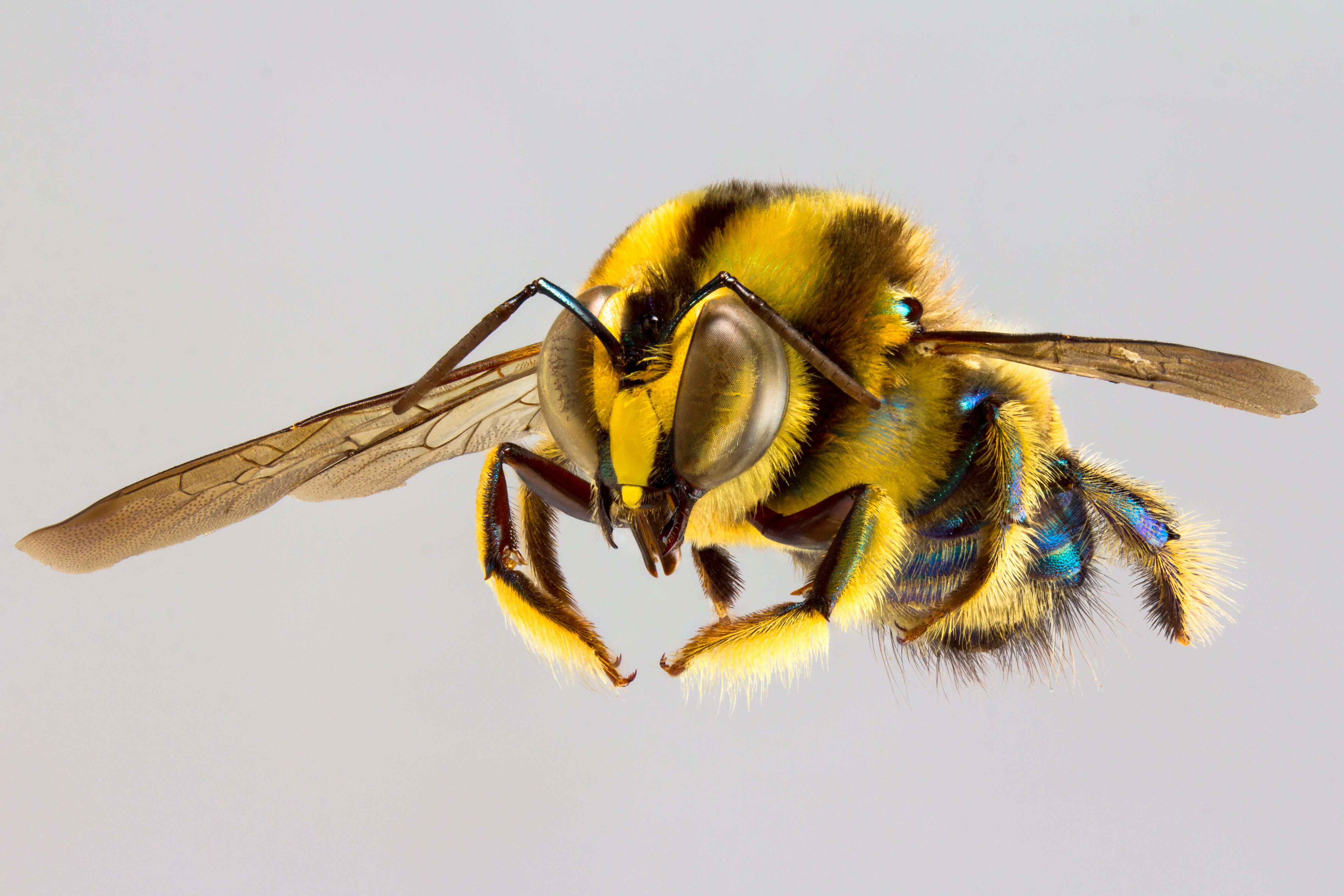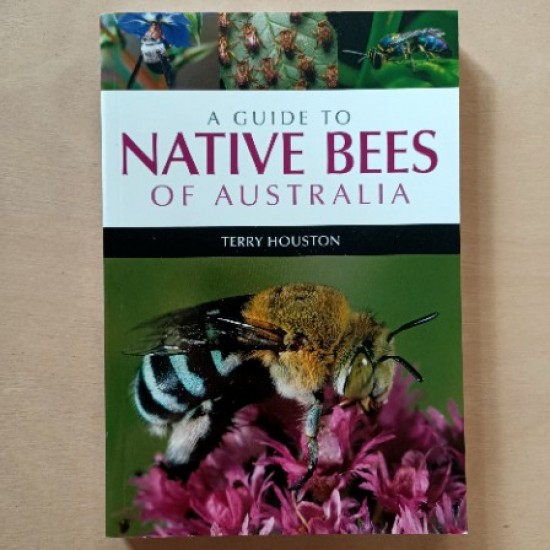A Buzzworthy Guide to Australian Bees: Exploring the Diversity and Importance of These Tiny Wonders
A Buzzworthy Guide to Australian Bees: Exploring the Diversity and Importance of These Tiny Wonders

Australia, a land of diverse landscapes and unique wildlife, is also home to an incredible array of bees. From the iconic honeybee to the lesser-known native stingless bees, these buzzing pollinators play a vital role in the country’s ecosystems and agricultural industries. This comprehensive guide will delve into the fascinating world of Australian bees, exploring their diversity, ecological significance, and the challenges they face.
A Symphony of Buzzing Diversity
Related Articles: A Buzzworthy Guide to Australian Bees: Exploring the Diversity and Importance of These Tiny Wonders
- Unmasking The Past: A Journey Through The Historical Significance Of Aboriginal Australian Names
- A Journey Through Time: Exploring The Rich Soundscapes Of Indigenous Australian Instruments
- Embrace The Outback: Creating A Thriving Australian Native Garden
- The Enduring Voices Of Australia: A Journey Into Tribal Languages
- The Rhythms Of The Land: Exploring The Instruments Of Australia’s Indigenous Peoples
Australia boasts over 2,000 bee species, making it a global hotspot for bee diversity. This remarkable array can be broadly categorized into two main groups:
- European Honeybees (Apis mellifera): Introduced to Australia in the 18th century, these industrious bees are the most familiar and commercially significant species. They produce honey, pollinate crops, and are vital for many agricultural industries.
- Native Australian Bees: This diverse group encompasses a wide range of bees, including stingless bees, solitary bees, and the iconic blue-banded bees. They are crucial for pollinating native flora, contributing to the health and resilience of Australia’s unique ecosystems.
The Buzz About Native Bees
Native Australian bees are a treasure trove of biodiversity. They come in various shapes, sizes, and colors, showcasing an astonishing range of adaptations to their specific environments.
- Stingless Bees: These gentle bees, known for their lack of a painful sting, are found across Australia, particularly in tropical and subtropical regions. They build impressive nests in tree hollows and produce a unique, flavorful honey.
- Solitary Bees: These bees live independent lives, each female building her own nest and raising her young. They play a crucial role in pollinating native wildflowers and are often found in gardens and urban areas.
- Blue-Banded Bees: These striking bees, with their distinctive blue and black stripes, are a common sight in gardens and woodlands. They are important pollinators of native wildflowers and are known for their gentle nature.

Ecological Significance: The Buzz of Life

Bees are essential for the health of Australia’s ecosystems and agricultural industries. They play a vital role in pollination, the process of transferring pollen from the male part of a flower to the female part, enabling plants to reproduce and produce seeds and fruits.
- Native Bee Pollination: Native bees are particularly important for pollinating native plants, many of which rely on specific bee species for their survival. This intricate relationship contributes to the biodiversity and resilience of Australia’s unique flora and fauna.
- Agricultural Pollination: Honeybees and some native bees play a crucial role in pollinating agricultural crops, ensuring the production of fruits, vegetables, and other essential food sources. Their contribution to the Australian agricultural industry is estimated to be worth billions of dollars annually.

Challenges Facing Australian Bees
Despite their vital role, Australian bees face numerous challenges, including:
- Habitat Loss and Fragmentation: Urban sprawl, deforestation, and land clearing for agriculture are destroying and fragmenting natural habitats, reducing the availability of nesting sites and food sources for bees.
- Pesticide Use: The widespread use of pesticides in agriculture and urban areas can harm bees, affecting their health and reproductive success.
- Climate Change: Rising temperatures, altered rainfall patterns, and extreme weather events can disrupt bee populations and their food sources.
- Introduced Species: The introduction of non-native bee species, such as the Asian honeybee, can compete with native bees for resources and potentially introduce diseases.
Conservation Efforts: Protecting the Buzz
Protecting Australia’s bee populations is crucial for maintaining the health of our ecosystems and agricultural industries. Various organizations and individuals are working tirelessly to conserve bees, including:
- Habitat Restoration: Restoring degraded habitats, creating pollinator-friendly gardens, and planting native wildflowers can provide essential resources for bees.
- Sustainable Agriculture: Promoting pesticide-free and organic farming practices can reduce the negative impacts of chemicals on bees.
- Research and Monitoring: Conducting research on bee populations, their ecology, and the threats they face is crucial for developing effective conservation strategies.
- Community Engagement: Raising awareness about the importance of bees and encouraging individuals to take action to protect them is essential for conservation efforts.
How You Can Help
Even small actions can make a big difference in protecting Australia’s bees:
- Plant bee-friendly flowers: Create a bee-friendly garden by planting native wildflowers and other flowering plants that provide pollen and nectar.
- Avoid using pesticides: Choose natural alternatives to pesticides or avoid using them altogether in your garden.
- Provide nesting sites: Create nesting sites for bees by leaving dead trees, logs, and hollow bricks in your garden.
- Support bee-friendly businesses: Choose to buy products from businesses that promote sustainable agriculture and bee-friendly practices.
FAQ: Frequently Asked Questions About Australian Bees
Q: Are Australian bees dangerous?
A: Most native Australian bees are not aggressive and pose little risk to humans. Stingless bees, as their name suggests, lack a painful sting. However, some solitary bees and the European honeybee can sting if threatened.
Q: How can I attract bees to my garden?
A: Plant a variety of native wildflowers and other flowering plants that provide pollen and nectar throughout the year. Avoid using pesticides and provide nesting sites for bees.
Q: What is the difference between honeybees and native bees?
A: Honeybees are introduced from Europe and are primarily used for honey production and agricultural pollination. Native bees are diverse and play a crucial role in pollinating native flora.
Q: Are native bees endangered?
A: While not all native bee species are endangered, many are facing declining populations due to habitat loss, pesticide use, and climate change.
Q: What is the best way to help bees?
A: You can help bees by planting bee-friendly flowers, avoiding pesticides, providing nesting sites, and supporting bee-friendly businesses.
Conclusion: A Buzzworthy Future
Australia’s bees are a vital part of our natural heritage and play a crucial role in our ecosystems and agricultural industries. By understanding their diversity, ecological significance, and the challenges they face, we can all take action to protect these tiny but mighty pollinators. From planting bee-friendly gardens to supporting bee-friendly businesses, every effort counts towards ensuring a buzzworthy future for Australia’s bees.
Closure
Thus, we hope this article has provided valuable insights into A Buzzworthy Guide to Australian Bees: Exploring the Diversity and Importance of These Tiny Wonders. We thank you for taking the time to read this article. See you in our next article!
